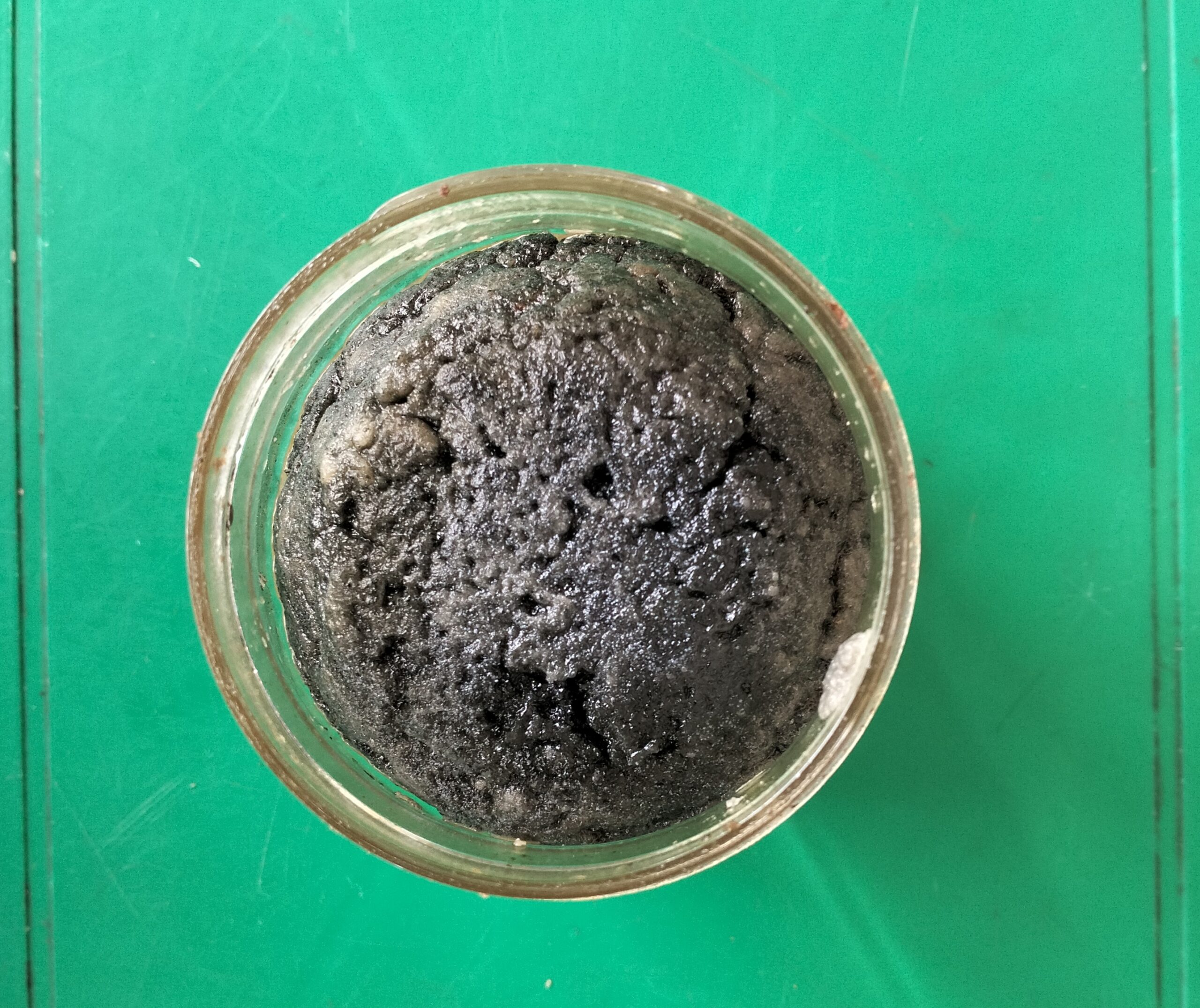The acronym IUI refers to Intrauterine Insemination. It is a key component that enhances reproductive technology known commonly as in vitro fertilization (IVF).
In a simple term, IUI is an infertility treatment option often called artificial insemination. [1]
How Is IUI Treatment Performed
The medical practitioner collects washed, primed, viable and large volumes of sperm from a donor. It is then manually and skilfully introduced into the woman’s womb. This saves the sperm from the stress of overcoming the tough cervix and cervical mucus. This makes it easy for the sperm to reach the fallopian tube and fertilize the woman’s egg(s). It is done to increase the woman’s chances of getting pregnant.
As part of the procedure, the introduced spermatozoa are washed, primed, and selected. In some cases, the woman is given treatment with medicines that stimulate ovulation before IUI. [2]
Why IUI?
IUI is aimed at increasing the quantity of viable sperm that will reach the Fallopian tubes. This is done to increase their chances of meeting the female egg, fertilization, and pregnancy.

Procedures Of IUI
Before beginning the process, there might be a need to use ovulation-stimulating medications by the woman. This is done to prime her up for the release of eggs.
The process requires careful monitoring to determine when the eggs are mature. Part of the monitoring work is to know when the woman is ovulating because the IUI procedure must be performed around this time to increase the chance of pregnancy.
It is performed about 24-36 hours after the surge in LH hormone. This will indicate that ovulation will occur soon, and the serial blood tests will be done to determine these hormones’ levels. There will also be follicular tracking with ultrasound.
Meanwhile, the semen has to be washed by the lab. This is done to separate the semen from the seminal fluid.
Once this has been done, the doctor will use a catheter to insert the sperm directly into the uterus to maximize the number of sperm cells placed in the uterus, thereby increasing conception (pregnancy).
Within a few minutes, the IUI procedure is done, and it involves minimal discomfort.
After the procedure, all that is needed is to observe for signs and symptoms of pregnancy.
It could be noted that the success rate of IUI in Nigeria is around 25 percent per cycle. [3]
Although a cycle can fail, persistent couples with several monthly cycles are likely to achieve pregnancy with few tries.
Cost Of IUI In Nigeria
IUI a less expensive procedure than IVF. Although the stats surrounding the cycle might not be that encouraging, few couples had been successful with just one cycle.
IUI’s average cost in Nigeria, particularly in Lagos state, is about ₦350,000 – ₦500,000 naira. This included the cost of fertility drugs and tests.
It was gathered that some fertility clinics charge less than that and even reduce the coast for the same couples in a situation where the first cycle fails. You can find the list of IUI clinics in Nigeria on Fertility Hub Nigeria.
Some couples have also made use of opportunities of promo announced by some fertility centers. During this period, some offered the service for as low as ₦120,000 naira.
It has been said that IUI may be less risky and less expensive, but its pregnancy rates are lower than those from IVF.
Collins Nwokolo is a human physiologist, writer and health enthusiast. He loves writing helpful articles on health and fitness, which he enjoys sharing with everyone.








